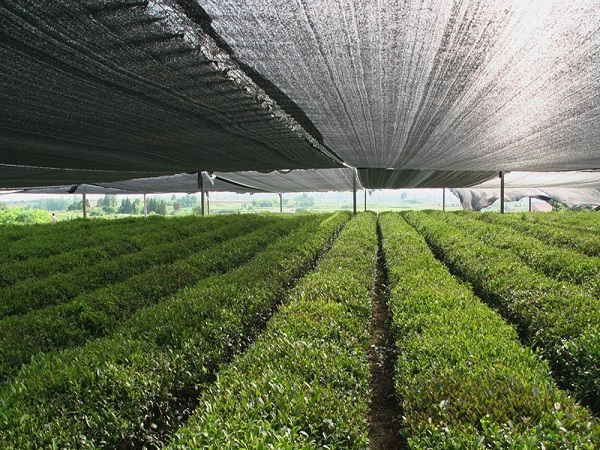
What are the key structures used in grafting in 2023?
Grafting is a technique that involves combining two plants to produce the desired rootstock, with more desirable characteristics of both parent plants. Grafted plants have a higher resistance to soil-borne diseases like Fusarium wilt, root-knot nematodes, southern blight, bacterial wilt, and Verticillium wilt. Besides, they have an increased plant vigor, shorter maturity period, and more productivity.
Grafting plants can sometimes present challenges, but understanding common issues and troubleshooting techniques can help overcome them.
Sometimes, in the grafting process, you may experience challenges such as;
-
Graft failure which may occur due to poor alignment, infection by pathogens, inadequate contact between the cambium layers, poor environment.
-
Graft rejection can happen when the immune systems of the rootstock and scion are incompatible. The rejection process typically involves the formation of a barrier that prevents the transport of nutrients and water between the two plants.
-
Incompatibility which occurs when the rootstock and scion are not genetically compatible, leading to a weak union or rejection.
For successful grafting, there should be a conducive propagation environment, grafting seasons, and proper grafting methods. This can either be done in a greenhouse or shadenets.
Grafting in Greenhouses
If well installed, greenhouses provide an excellent environment for grafting. The controlled conditions, like humidity and temperature promote successful graft unions and faster healing.
They can be categorized into two; high cost and low cost greenhouses. Polythene sheet is set on metallic arches in the high cost one. Due to its shape, there is minimal chances of wind damage to the sheet.
However, the common structure that is mainly used in grafting is he low cost greenhouse. It’s made using locally available wood. However, you still need to care fo the polythene sheet in the same way as the high cost one to prevent damages.
When grafting in a greenhouse, it is essential to maintain optimal temperature and humidity levels. Most plants require a temperature range of 75-85°F (24-29°C) for successful grafting. Humidity levels should be kept between 70-80% to prevent desiccation of the graft. Monitoring and regulating these factors will ensure the best possible grafting outcomes.
Proper sanitation practices is paramount. Disinfect tools, work surfaces, and containers to minimize the risk of introducing pathogens that can cause graft failure. Use sterile potting media and clean water for irrigating the grafted plants.
Grafting in Shadenets
A standard shadenet is a must requirement in a grafting nursery, especially in areas with high temperatures and intense sunlight. Young plants need a perfect environment for hardening, where they receive partial shade for 2 – 3 months.
You should install a shade cloth with a suitable shade percentage to regulate temperatures and shield the plants from excessive sunlight. Ensure there is adequate spacing between plants for optimum airflow and reduce the risk of fungal diseases.
Keep the structure of the shadenet houses simple, but ensure it is strong enough to carry the weight of the shade net. Unlike greenhouses, it allows movement of air, hence the structure is less prone to wind damage. The shade net houses can also act as a general nursery.
Aftercare and Maintenance of Grafted Plants
After grafting, you need to ensure proper aftercare and maintenance for the success of grafted plants. This can be done in various steps like;
Provide support. Continue to provide support, such as splints or clips, until the graft union is fully established and stable.
Monitor the graft union. Regularly inspect the graft union for any signs of failure or weakness. If issues are detected, take immediate action to address them.
Pruning. Prune the grafted plant to remove any competing shoots or branches that may divert nutrients from the scion. This will promote the growth and development of the desired plant.
Irrigation and fertilization. Ensure proper irrigation and fertilization according to the specific needs of the grafted plant. Monitor soil moisture levels and nutrient deficiencies to maintain optimal plant health.
Pest and disease management. Implement appropriate pest and disease management strategies to protect the grafted plants from potential threats. Regularly inspect the plants for any signs of pests or diseases and take necessary measures to control them.
Start better propagation with Mazero
Whether you are a commercial grower or a passionate gardener, grafting can be a rewarding technique to propagate plants with desired traits and you need a perfect environment to succeed.
Are you interested in exploring grafting further and require high-quality structures for your propagation endeavors? Consider getting started with Mazero Shadenets and Greenhouses.
Our products are designed to meet the specific needs of grafting and plant propagation, ensuring optimal conditions for successful graft unions. Contact us today to inquire more!

